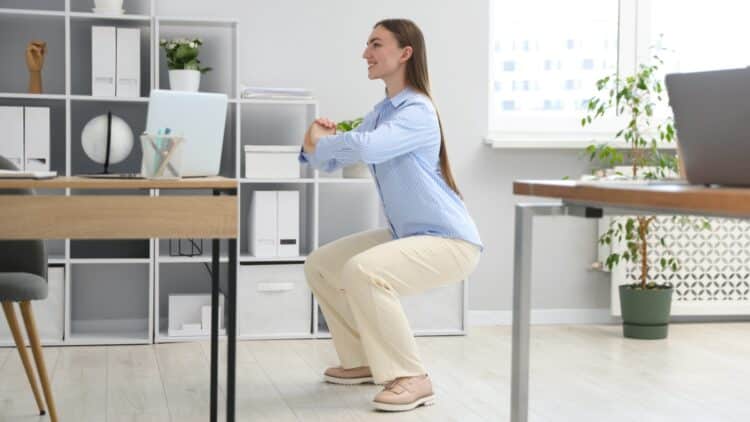Have you been sitting in your office chair for hours, promising yourself a nighttime walk at the end of the day? Let’s be honest, this promise of exercise after a long sedentary day doesn’t convince anyone. According to an acclaimed neurologist at Apollo Hospital in Hyderabad, Dr. Sudhir Kumar says we need to completely change our perspective on daily activity. We are looking at it from the wrong angle; we should not postpone all our physical activity to a single block in the day, but rather spread it out as much as possible in small bursts of activity that get your heart rate up and your blood pumping.
His advice is simple but radical: if you want to protect your heart and control your blood sugar levels, frequency is much more important than duration. Moving in short, strategic bursts throughout the day can do much more for our metabolic health than a single long workout after finishing our workday. Best of all, we don’t even have to pay a gym membership fee… Doing a few squats next to our desk is enough!
The “Exercise Snack”
If there’s one thing Americans love, it’s snacks—the perfect excuse to nibble on something between meals throughout the day. Instead of thinking about those potato chips or donuts, we should think about exercise snacks. Remember when you were little and couldn’t stop bouncing on your chair in class because you were so impatient? We need to try to recapture that desire for physical activity. The way the body handles glucose when we are inactive is very interesting. Studies have compared active breaks with long walks.
They have found that frequent interruptions to sitting reduce blood sugar spikes by 21% compared to not moving at all. It is enough to do 10 squats or walk briskly for three minutes for every 45 minutes we sit without moving. However, if we want to burn the same amount of energy in a single 30-minute walk in the afternoon, it will have less than half the effect. It is clear that the body values constant interruption of sedentary behavior much more than a single heroic effort before going to sleep. After all, humans evolved as hunters and nomads… Sitting all day is completely foreign to them, so our bodies do not know how to handle this sedentary lifestyle.
Why frequency is your shield
When you are immobile, the large muscles in your legs and buttocks are basically turned off. This slows down your metabolism, causing sugar from food to accumulate in your bloodstream. This is where squats come in. This exercise contracts the large muscles in your legs (quadriceps and glutes). Not only does it burn calories, it also triggers a process that removes glucose from the blood and introduces it into muscle cells for energy. Doing 10 squats or taking a short walk every 45 minutes is like ensuring that there is no dangerous buildup of sugar after your meals throughout the day.
Although evening walks are good for cardiovascular fitness, they do not completely undo the silent damage of spending hours glued to a chair, where the risk of developing diabetes and cardiovascular disease increases progressively. The primary goal for our metabolic health is not to accumulate 10,000 steps at once, but to reduce uninterrupted inactivity time. So now you have an excuse to get up every hour to go to the bathroom or take a walk around the office (or your home if you work remotely).
Instead of squats, you can do other exercises such as heel raises. To do this, stand up and, holding onto your desk for balance, raise your heels until you are on your tiptoes. Do 15 to 20 repetitions.

